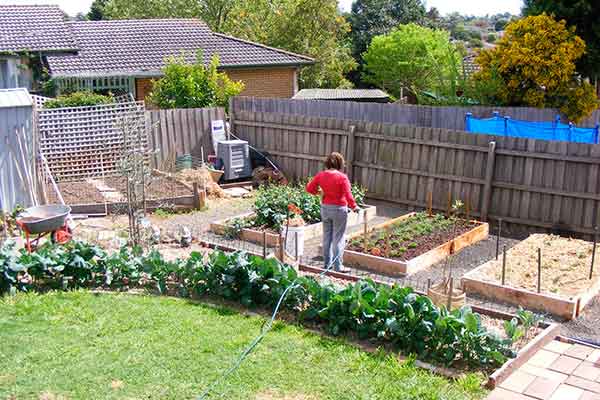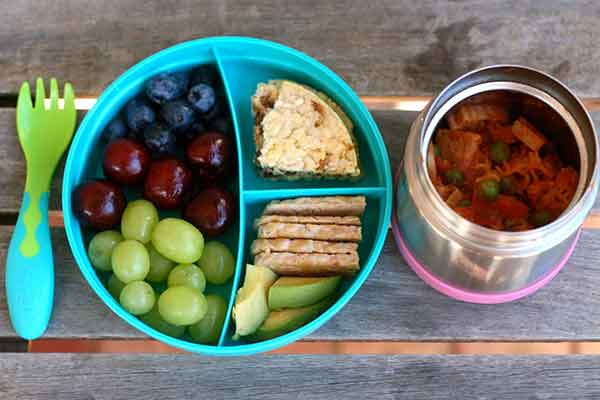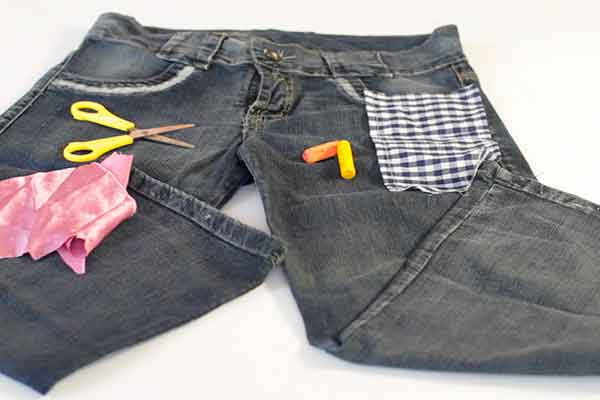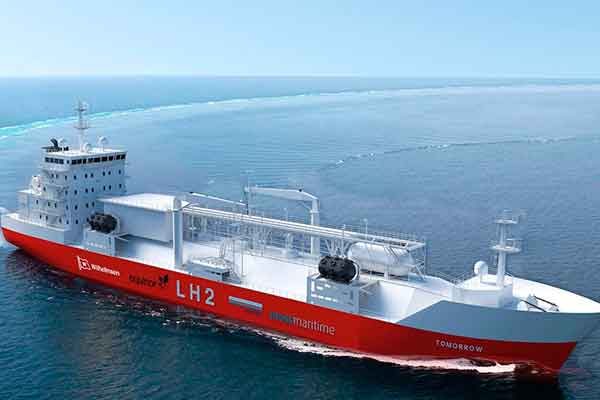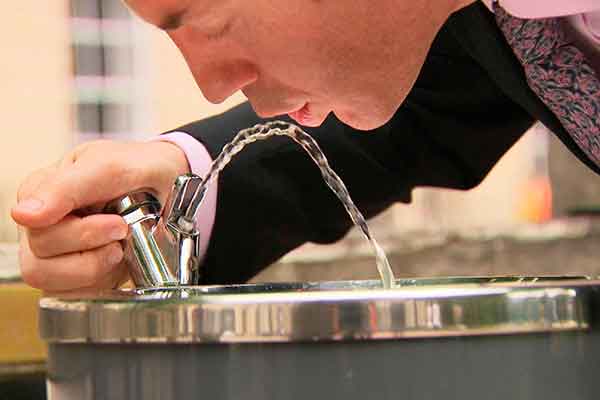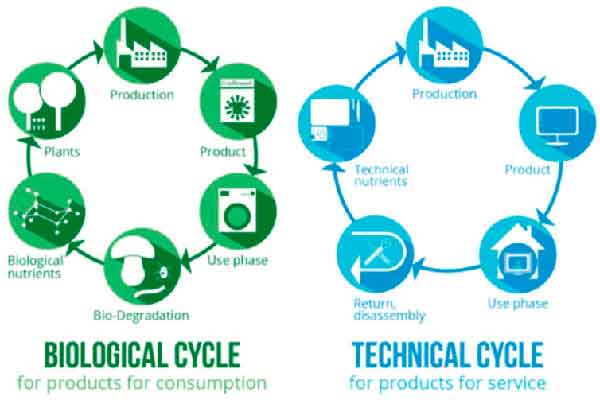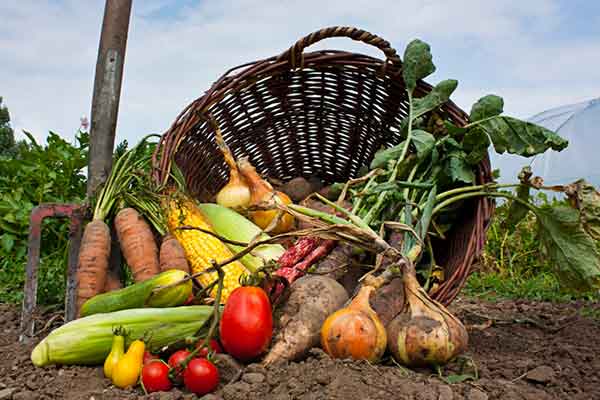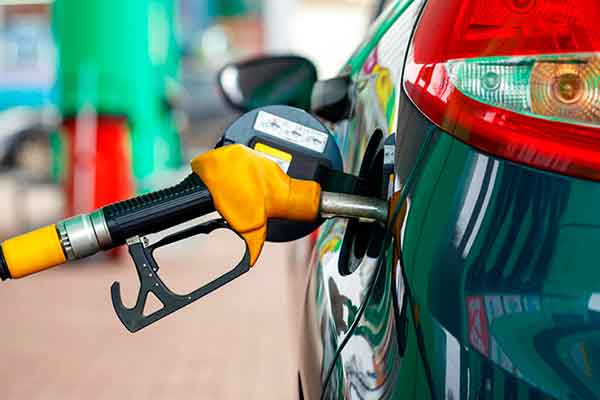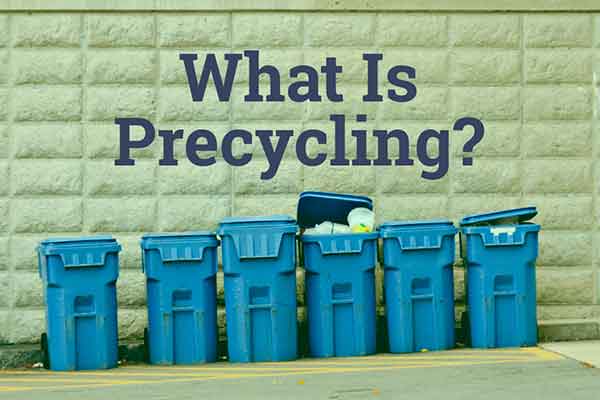 The most prominent natural issues for salons are:
The most prominent natural issues for salons are: The utilization of synthetic items (colors, dyes, solvents)
Air contamination (scents)
Water use and wastewater transfer
Vitality use
Strong Waste (Paper towels, item holders, other bundling)
Europe has thousands of little hair and excellence salons/shops, many situated in private homes. Also, while singular organizations may not release considerable measures of squanders, the primary issue is the joined effect of synthetic and waste releases from numerous independent companies.
Synthetic substances in Beauty Salons
There are a wide scope of synthetic substances utilized in the hair and excellence industry. A considerable lot of these synthetic concoctions are risky to the earth, but at the same time are of worry to human wellbeing:
hair colors, straighteners, fades, shampoos, peroxides, temples and lash tints, compound peels,wax solvents, hair styling specialists, nail/healthy skin items, changeless wave arrangements, disinfectants and cleaning items.
Cleaning Products
Cleaning items can be among the most dangerous synthetics in any business. These items make risky waste - undermining human wellbeing and the regular habitat. There are many "green items" accessible that are similarly as viable as conventional ones. Search for Eco-Logo or Green Seal confirmed items. Borax, alkali and preparing soft drink are instances of safe options that can clean and sterilize to satisfy clinic guidelines and are a lot less expensive than name brand cleaners.
Strong Waste
Decreasing strong waste from a salon is perhaps the most straightforward approaches to "green" your business.
Water/Energy Considerations
Water and vitality is devoured in each hair and beauty salon. So it bodes well just as great ecological sense, to decrease vitality and water utilize at every possible opportunity.
Warming, Ventilation and Air Conditioning
It is about control temperature settings, turn heat down or off during off hours. Lead routine upkeep on warming and ventilation gear to guarantee it is working productively. Improve the structure to spare vitality (roofs, floors, dividers, climate stripping, and so on.
Clothing
Doing clothing can utilize an astounding measure of vitality and water assets. By utilizing more up to date, high effectiveness machines, water use can be decreased by up to half and electrical use by as much as 40%.
What is Eco proficiency?
Eco-productivity is a pragmatic and methodical methodology that organizations can receive in setting and accomplishing natural and business execution goals. It is intently connected with and corresponding to different ideas, for example, Health and Safety, Total Quality Management (TQM), and Pollution Prevention (otherwise called source decrease).
It includes evolving forms, discovering choices, and decreasing or dispensing with the age of dangerous squanders as opposed to managing issues of cleanup or transfer sometime later. It additionally incorporates expanding item obligation, improving material recyclability and augmenting the utilization of sustainable assets.
Eco-effectiveness implies accomplishing more with less, making and giving quality items and administrations while lessening asset use, waste and contamination along the whole worth chain. It isn't just about overseeing waste after it is made, yet endeavors towards avoiding and limiting waste in any case. A definitive objective of eco-effectiveness is to build up reasonable organizations while remembering ecological arrangements. At the same time, organizations increment productivity while keeping up a natural honesty.

